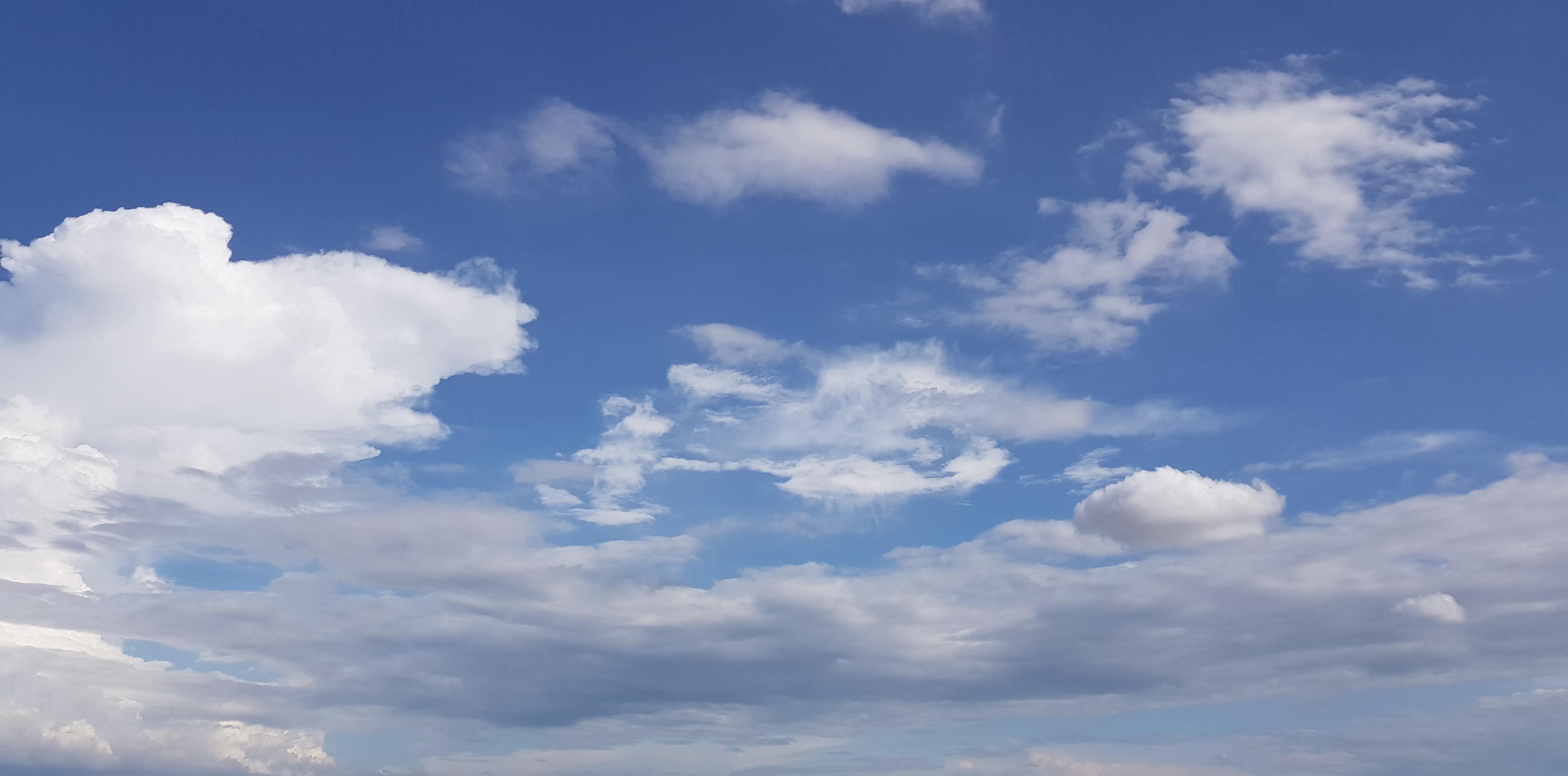Earlier this year during a Weekly Bento discussion on long-term thinking, a member of the audience raised their hand. Morgan X’agatkeen Howard introduced himself as a member of the Tlinget tribe, and he shared their tradition of intergenerational thinking called Haa Shagoon. This practice, he explained, weighs the considerations of past, present, and future generations equally. Morgan’s perspective had the room in rapt attention.
A few weeks later Morgan and I connected directly to talk more about his life, the practice of Haa Shagoon, and how it helps guide the Tlinget for-profit Sealaska where he is a Board member. This conversation is the first in a series of interviews with members of the Bento Society about who they are and what they do.
YANCEY: Where did you grow up?
MORGAN: I grew up in Alaska in a small native village called Yakutat and also on Kodiak island.
YANCEY:How many people were in your community?
MORGAN: In Yakutat, about 500 people.
YANCEY: When did you leave?
MORGAN: College. I went to college. The first time I left Alaska was to go to Disneyland. College was really about getting out there and seeing things.
YANCEY: What inspired you to do that?
MORGAN: When you grow up on an island you need to leave. We would constantly circle it looking for a way out. But there was no way out.
YANCEY: What's your professional life?
MORGAN: I have two college degrees, one in broadcasting and another in film. After shooting for many years as a news cameraman and moving up the ranks to New York, I started my own production company, Morgan Howard Productions. It was by chance that I started doing work for my own people, Tlingit people, in Southeast Alaska. I didn’t set out to do this type of work, but once I started, I found it very meaningful and kept at it. Simultaneously I also began serving on the boards of native corporations. I found that to be meaningful work as well. As a Sealaska Director, I’m on a very active board that takes up a lot of time because we are truly involved with the company. Sealaska is not a typical corporation. We don't just show up for quarterly meetings, we're really invested in fulfilling our mission. I don’t stop thinking about our mission when the board meeting ends. I never stop thinking about our mission.
YANCEY: What’s the goal of your work?
MORGAN: Storytelling. I’m trying to communicate a message to an audience on behalf of Native people, which is something that, if you look at all the communication that's occurred historically, the stories are told of Native people not by Native people. That’s still happening today. So there's a lot of good work to be done there.
YANCEY: Why is that important?
MORGAN: So many stereotypes still affect us. We've been lumped into one or two narratives — the “noble Indian,” with a special relationship to nature, or the “naive Indian,” not intelligent enough to know any better, which is connected to the “poor indian,” a victim that deserves our sympathy.
New narratives of the wealthy casino Indian combined with the old ones that never went away such as being exempt from personal income taxes and the beneficiary of "free stuff" create a division between Natives and non-natives. Now politicians feel empowered by this division to go after this "special interest group" with little negative repercussion because they think we have insignificant voting power or influence.
We can get romanticized very easily by ourselves as well. I see young people coming up and they tend to romanticize our culture, as if there was some utopian society. However, pre-contact is not what we should be aspiring to get back to. Our best days are ahead of us, not behind us.
Native communities are much more complex than stereotypes, like any community. Storytelling is the link to help others understand that. We're all looking for the same thing, which is a better life for our children and grandchildren. To tell our own story is to be seen. You can be invisible and it's an awful thing. You don't feel relevant in your own homeland. It's hard not to have a connection when you know someone’s story.
YANCEY: Are you named after someone?
MORGAN: I'm named after my great grandfather, who was alive when I was born and died when I was three. He lived to be about 100 years old. We don't know his age for sure. He was a leader of the Teikweidí clan. He has other names and other folks have those names.
Our names are reused. For example, a grandmother might call her grandchild “grandfather.” “Come here grandfather” she would say because he would have the name of her grandfather. This provided for a strong inter-generational connection. The reverence that grandparents have for grandchildren is truly significant. It's a deep respect for children. It's an acknowledgement of who they're going to be as adults.
YANCEY: Do you feel like are you more connected to your great grandfather by sharing his name? Within the community do you carry his identity?
MORGAN: We say the first part of your life the name you get carries you. The second half of your life you have to start adding value to the name. You need to carry the name. So yeah, the names do connect you. What was told to me about my great grandfather provides meaning to me. People say when he used to talk the room would go quiet. He was a leader. Young people like to hear those things growing up.
YANCEY: You mentioned before a different way you make decisions on the board of Sealaska. What is the different way?
MORGAN: I was talking about how we use the value Haa Shagoon, which looks at the past, present, and future equally and gives weight to our ancestors and our descendants. Recently we’ve been working a 100-year business plan and it’s actually been very difficult to put on paper. It's not a formal technique but it’s definitely how we do things.
I think we have a competitive advantage in business because of our native values. Because of our long term view, because of our ability to adapt, to stay true to our values and consider relationships to be a priority. My work at Sealaska feels bigger than myself. I also feel part of a community. This feeling of belonging to an organization and identifying personally with its mission is powerful. If our employees can feel this way and feel part of the community regardless of being Native, then we have an advantage toward long-term success.
YANCEY: What does a 100-year business plan look like?
MORGAN: Sealaska started working on a 100-year business plan more than a year ago. The working document is now titled the “100-year plan” and we often refer to it as a “100-year vision” because it's been difficult to incorporate some of the typical elements found in a “business plan.”
Since we first placed the subject on our agenda, the 100-year plan has been referenced in nearly every meeting. Just the idea of a 100-year plan can shift your mindframe and change how you approach business and decision making in general. Regardless of the working document produced this change in framing has been very beneficial.
We now think about all of our projections and plans to be fractal in nature to our 100-year plan. The five year plan should essentially be the same as the 100-year plan, minus the details/numbers. If that occurs, our values would be truly integrated into our company.
YANCEY: Why are you a part of the Bento Society?
MORGAN: What draws me to bento is the similarities between our Native culture and businesses and Bentoism. I found it because I was looking all over the internet for business plans for organizations that are really old. I found some Japanese businesses are similar in our thinking about being in business in perpetuity. They follow their values and that's it. For some people this is ridiculous to think about, but for us we really don't think our business is ever going away. “Time immemorial” is our phrase. We've been on our land since time immemorial. That's how we see it. Our creation story is the story of the universe. It's time immemorial and that's how we'll continue to operate. I have a long view. I like that the bento has that too.
YANCEY: You told me there are all these problems and you're not offering any solutions. But I also don't get the sense that you feel helpless or any lack of resolve. Where does that come from?
MORGAN: Things are definitely getting better. And in some respects we all need to give ourselves a break. It wasn’t that long ago that we realized the damage we're doing the planet. It wasn't that long ago people thought you can never fish all the salmon or kill all the animals. It just wasn't possible. It wasn't even imaginable. The world was just too big. Often, we see things from the small time frames of our lifetimes. In the big picture, years from now, this period of time we're in will be small — the part where we were screwing things up. We’re going to be able to turn this around pretty quick. I'm a very optimistic person. But I also need to see results.
Linknotes
- Morgan’s website
- Sealaska website
- The Central Council Tlingit and Haida Indians Tribes of Alaska
- Sealaska Heritage
- The Living Company (Harvard Business Review) recommended by Morgan
- This Japanese shop is 1,020 years old (New York Times) recommended by Morgan

